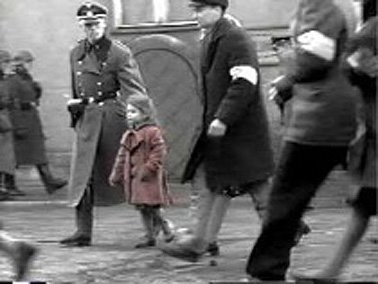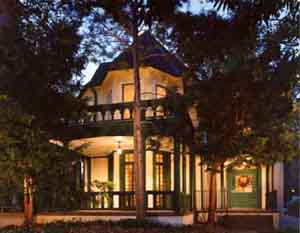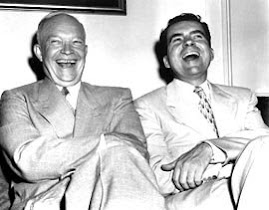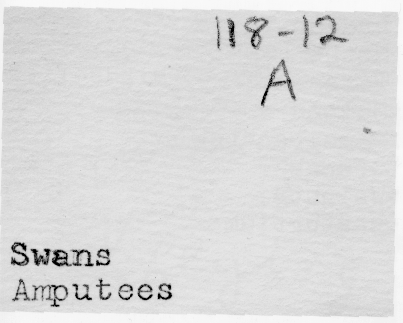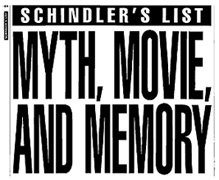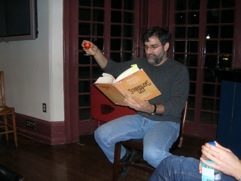 This fall I'm teaching my favorite course - a crazily fast-paced survey of modern and contemporary American poetry. We start with Dickinson and Whitman and finish with poetry written yesterday. The schedule is arranged as a series of chapters proceeding from pre-modernism through modernism (Williams and Stein in particular) and then a short sequence of three doubts about modernism, versions of antimodernisms. After that we consider a fourth antimodernism - the new formalism of the 1950s. Then the Beats as a reaction against the new formlist reaction. Then the New York School as another form of the same reaction against antimodernist reaction. Then an introduction to the languagy side of post-1975 avant-garde verse. Finally a look at what might be called documentary postmodernism.
This fall I'm teaching my favorite course - a crazily fast-paced survey of modern and contemporary American poetry. We start with Dickinson and Whitman and finish with poetry written yesterday. The schedule is arranged as a series of chapters proceeding from pre-modernism through modernism (Williams and Stein in particular) and then a short sequence of three doubts about modernism, versions of antimodernisms. After that we consider a fourth antimodernism - the new formalism of the 1950s. Then the Beats as a reaction against the new formlist reaction. Then the New York School as another form of the same reaction against antimodernist reaction. Then an introduction to the languagy side of post-1975 avant-garde verse. Finally a look at what might be called documentary postmodernism.Geez, I love the roughness of the story I just told of the course and the course of poetry from modernism through postmodernism - am always intrigued, but never more so than here, by the furious learning provoked by the self-consciously binaristic narrative the course proposes. For, you see, the students are asked to destroy that narrative. And the model for that student-centered pedagogy is much of the poetry itself. For example, the give-and-take-away quality of William Carlos Williams's "Portrait of a Lady". Or the anti-binaristic series-not-essence quality of Silliman's "Albany". Silliman there tells a story that might have been sequential (before it became language) but which if told in order would impoverish real understanding of the order of things.
Similarly, I'm happy with the course as a survey - not normally, these days, a positive term - because the idea of survey, with its assumption of causes and effects, is pretty much constantly itself the topic of discussion.
In poets' response to poets, heuristic oppositions give way to interanimations - cross-influences, the sometimes surprising sharing of aesthetic lineages. And, when the course is going well, the structure of discussion - and of the writing of "position papers" - operate just the same way. This is a course about itself as a way - an alternative to the usual survey approach - of teaching not just content (a particular history) but a mode of structuring thought.






 "I teach horizontally, meaning that while I might begin with a fixed idea of what I'm going to teach that day, I let it drift rhizomatically way off topic, often pulling it back when it gets too far. I rely on non-fixed materials to teach this way; the whole world is at my fingertips. Should I go off on a tangent about John and Rauschenberg and their love relationship as expressed in Rauschenberg's bed, an image of that bed is always a click away. From there, we can head anywhere into the non-fixed universe, be it film, text or sound. And of course, that always takes us elsewhere. As Cage says, 'We are getting nowhere fast.'"
"I teach horizontally, meaning that while I might begin with a fixed idea of what I'm going to teach that day, I let it drift rhizomatically way off topic, often pulling it back when it gets too far. I rely on non-fixed materials to teach this way; the whole world is at my fingertips. Should I go off on a tangent about John and Rauschenberg and their love relationship as expressed in Rauschenberg's bed, an image of that bed is always a click away. From there, we can head anywhere into the non-fixed universe, be it film, text or sound. And of course, that always takes us elsewhere. As Cage says, 'We are getting nowhere fast.'" 

 that anyone has yet got the imaginative measure of that terrifying day six years ago. Certainly our Tolstoy has not crawled out of the rubble. The closest we have, Don DeLillo, succeeded as an essayist-journalist ("In the Ruins of the Future: Reflections on Terror and Loss in the Shadow of September,” Harper’s, December 2001) but, to my mind, failed as a novelist ("Falling Man"). One reason, perhaps, is that the remembered emotion was instantly buried under a pile of cultural junk.' - Tod Gitlin in his review of Susan Faludi's The Terror Dream (written for
that anyone has yet got the imaginative measure of that terrifying day six years ago. Certainly our Tolstoy has not crawled out of the rubble. The closest we have, Don DeLillo, succeeded as an essayist-journalist ("In the Ruins of the Future: Reflections on Terror and Loss in the Shadow of September,” Harper’s, December 2001) but, to my mind, failed as a novelist ("Falling Man"). One reason, perhaps, is that the remembered emotion was instantly buried under a pile of cultural junk.' - Tod Gitlin in his review of Susan Faludi's The Terror Dream (written for 


